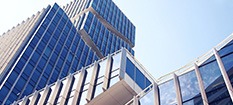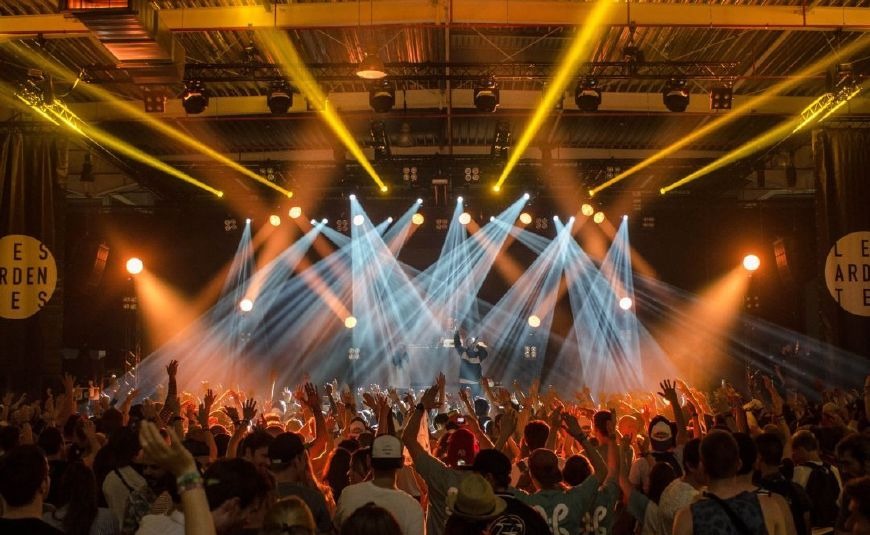



The major of stage lighting design is a traditional major of the Academy of Drama. Many of its graduates will enter the major theater troupes of their major counterparts, and some will enter the TV station. The latter type of students must go through the process of re-exploring and learning in the field of TV lighting after entering the TV station.
This article intends to discuss the differences between TV lighting design and stage lighting design, hoping to be helpful to colleagues who are studying lighting design in drama academies, and also to inspire colleagues who are interested in switching from theatrical stage to television work. Theatrical stage art is a comprehensive category covering technology and art such as screenwriters, directors, stages, lighting, costumes and make-up, sound, etc. The stage lighting design is mainly for the lighting design of theatrical stage performances. TV art is a comprehensive art category that integrates technology and art such as director, stage, lighting, sound, costume, editing, camera, etc. TV lighting design is mainly for stage performances in large studios, studio program recording and Lighting design for outdoor program recording.
The audience facing the stage lighting design is the live audience during the drama performance; and the audience corresponding to the TV lighting design is mainly the audience in front of the TV in addition to the live audience, and even some TV programs have no audience at the scene, and the recording of the program is only for the purpose of TV broadcast service. This is an important difference. Therefore, as a TV lighting designer, in many cases, not only the audience at the scene, but also the effect of the TV screen after the broadcast is more important.
Stage lighting is mainly reflected directly in the eyes of people; TV lighting is more importantly reflected through the TV screen. For TV lighting, the camera is an important device. The theatrical stage uses the human eye as the frame, while the TV video uses the camera as the frame, which is a difference of perspective. The stage performance is the human eye feeling the stage, and the personal perspective is unique; while the TV program is recorded, the camera is observing the stage, and the camera has multiple positions and multiple perspectives. The TV picture is shot by the camera, where the camera and the cameraman reflect the lighting, and then the director selects and edits the pictures from multiple perspectives, and presents it to the audience through the transmission of the TV signal. This is a big difference between a stage performance and a TV picture. Many of the differences mentioned in this article are often some of the characteristics highlighted by TV lighting in order to meet the requirements of the camera.
2 Characteristics of TV lighting and stage lighting
2.1 Illumination requirements
The visual range of the human eye is relatively large, that is, the range of brightness that can be perceived is relatively large. Whether the sun is bright or the moonlight is dim, the human eye can see objects and distinguish details through the free adjustment of the pupil. For the stage lighting viewed by the human eye, the brightness of the stage and the scene is as long as the audience's vision is comfortable.
The camera adapts to changes in light and shade by adjusting the lens aperture and the sensitivity of the internal CCD sensor. When the studio illumination is low, the camera can open a large aperture, and when the illumination is high, it can open a small aperture. But the size of the aperture will affect the effect and quality of the image, such as the virtual and real effect of the depth of field, the clarity of the image and so on. When the aperture of the camera is opened to the maximum, the halo will be more obvious; if the aperture of the camera is opened too small, the clarity of the image will be reduced due to the phenomenon of diffraction. Therefore, as a TV lighting designer, it is necessary to maintain a relatively appropriate illumination on the scene of the program recording, so that the camera can determine a suitable aperture opening to ensure the quality of the shooting picture. Neither the illumination is too small, forcing the camera to open to the maximum aperture; nor the illumination is too large, forcing the camera to open to the minimum aperture, which will affect the effect of the TV screen. At the same time, it should be noted that different cameras have different sensitivities and different requirements for contrast. Studio lighting is to ensure that the camera can be adjusted to the appropriate aperture to obtain a clear picture.
2.2 Light ratio requirements
The light ratio refers to the ratio of the brightness value between the light and the dark formed by the light projected on the scene. Using different light ratio shapes to the scene can present different artistic effects. The light ratio is large, the contrast is strong, and the visual impact is large; Small, with soft contrast, it can feel a kind of soothing. The use of stage lighting to light ratio is rich and arbitrary, as long as it meets the audience's vision, the degree of freedom is very large. Many strong dramatic effects are achieved by the large contrast between light and dark. This is not the case with TV lighting, where the maximum contrast allowed by the camera is limited. In TV lighting, the illuminance can be compensated by adjusting the aperture of the camera within a certain range, but the light ratio of the illuminated object cannot be adjusted by the camera. It should be said that the light ratio is relatively objective. The method is to adjust the light ratio of the illuminated object from 2:1 to 3:1. If the light ratio of the illuminated object is too large and exceeds the allowable range of the camera, at this time, if the camera adjusts the aperture based on the bright part of the illuminated object, so that the details of the bright part are reflected, the dark part may become a ball of darkness; If the camera adjusts the aperture with the dark part as the standard, the dark part can reflect the gradation, but the bright part may be exposed as a piece of white. These are all unsatisfactory picture effects, which cannot be adopted by the director.
